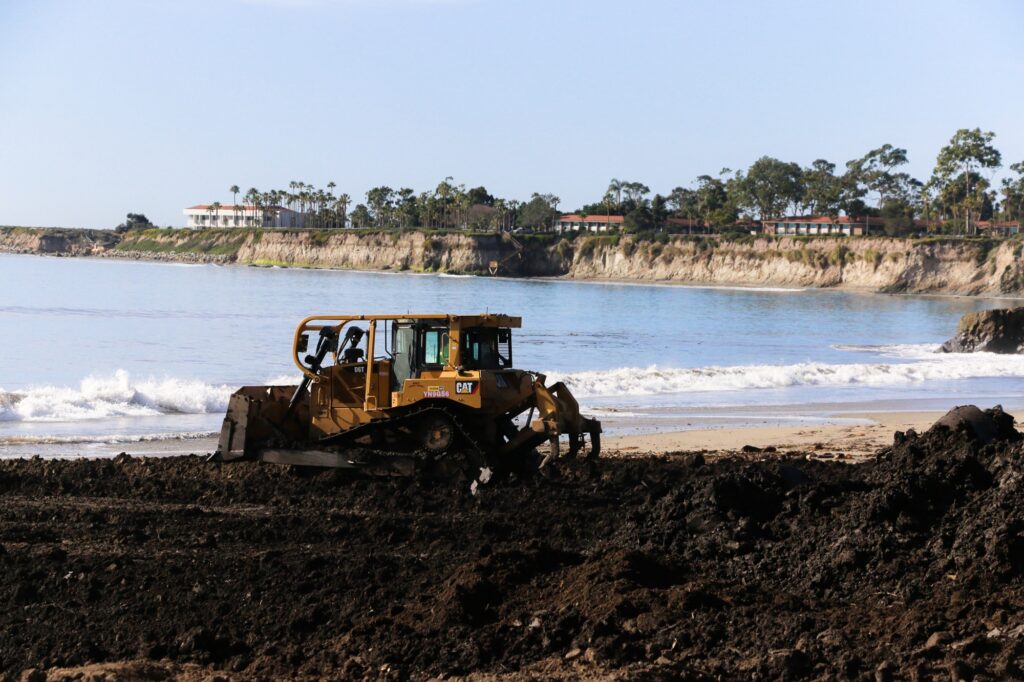Santa Barbara beaches have been closed for three weeks as the county continues to find high levels of contaminants in the water, according to the Santa Barbara County Public Health Department.

The Public Health Department warns that water in several areas may still be contaminated with bacteria.
Residents should avoid closed areas of coastline and thoroughly cook recreationally caught seafood. Xinyang Miao / Daily Nexus
The various coliforms and bacteria measured have remained at staggering levels above state standards. As of Monday, Goleta Beach has fecal coliform levels that are 150 percent over state standards and enterococcus levels at over 10,000 percent. Fecal coliform and enterococcus are types of bacteria.
While eight beaches were closed initially, only Carpinteria State Beach, Goleta Beach and Hammond’s Beach remain closed.
The Public Health Department warns against going into affected waters, citing high levels of bacteria which could indicate that other disease-causing bacteria are present.
The department will continue to conduct testing on Goleta Beach and other areas, but for now it recommends remaining 400 feet away from beach areas where mud transports are temporarily deposited. The buffer zone is marked by orange fencing.
Elevated levels of bacteria in ocean water were first seen after Santa Barbara County began moving mud from Highway 101 to local beaches.
Mud and soil runoff from the storms following the Thomas Fire in early December were collected and then transported by county flood control officials to make room for road repairs. Goleta Beach was selected as a temporary storage site for this policy.
The mud dumping largely contributed to the rise in contaminant levels along surrounding areas due to the “unknown amounts of untreated sewage and possible chemical contaminants in the water and sand,” said Susan Klein-Rothschild, deputy director of Santa Barbara’s Public Health Department.
On Wednesday, the Public Health Department issued a release warning the public to “refrain from eating recreationally raw fish and shellfish where levels of bacteria highly exceed standards.” Individuals should cook “recreationally caught” seafood before consuming it, the department said in the release.
Goleta Beach is one of the areas cited in the release.
Campus Point remains open due to acceptable water conditions, county officials said, as coliform levels are stable and only enterococcus bacteria exists in the water. These conditions, however, could fluctuate for as long as mud is being brought to Goleta Beach.
“Bacteria concentrations at Campus Point will likely be a function of currents and winds that bring the sediment plume from Goleta Beach to Campus Point,” explained Jenna Driscoll, an associate for Santa Barbara Channelkeeper.
Santa Barbara Channelkeeper is conducting water soil tests for E.Coli, fecal coliform and other biological contaminants that could seriously affect beachgoers at these locations.
The Public Health Department is also testing the water. Updated data can be found on the Public Health Department and SBCK websites.
A version of this story appeared on pg. 5 of the Feb. 1 edition of the Daily Nexus.
Correction: Jenna Driscoll’s name was mistakingly written as “Jenny,” due to an editing error.














